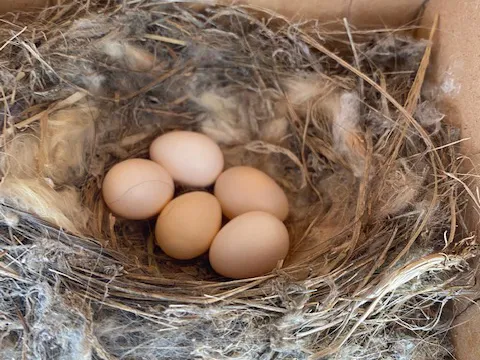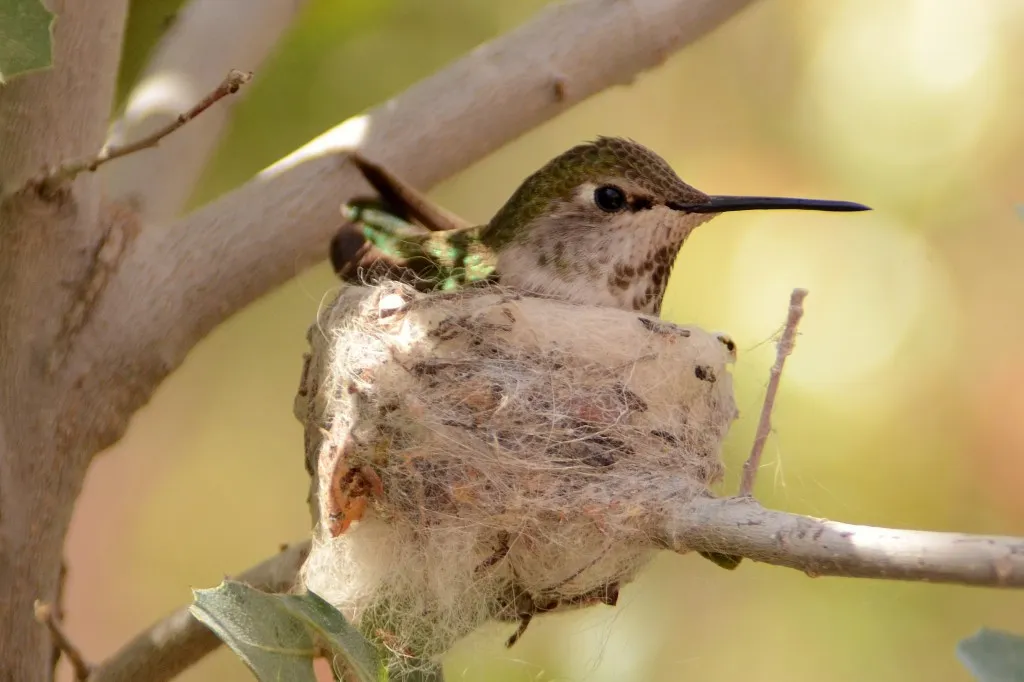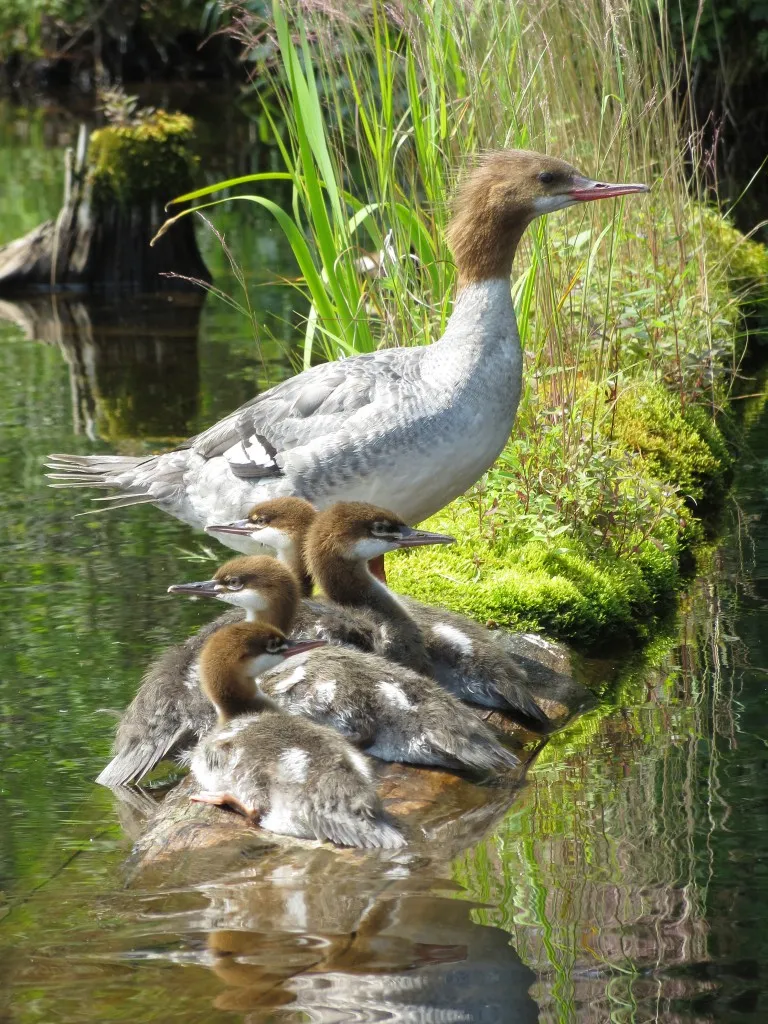More than 700 bird species breed across North America, each showcasing unique and intricate behaviors during their reproductive cycles. From selecting territories and mates to raising fledglings, these processes vary widely but follow a general avian nesting cycle. This guide provides a broad overview of the bird nesting cycle, drawing from established ornithological observations. For specifics on individual species, explore detailed behaviors like robins mating and nesting.
Birds synchronize breeding with environmental cues to maximize survival rates for their offspring. Understanding this cycle helps bird enthusiasts, backyard observers, and nature lovers appreciate the complexity of avian reproduction. Whether you’re watching songbirds or raptors, key stages—from territory establishment to fledging—reveal nature’s remarkable adaptations.
Establishing a Breeding Territory
Birds rely on photoperiod, or day length, to signal breeding season. When daylight surpasses a critical threshold, hormonal shifts prepare them for reproduction. Temperate species time nesting so nestlings coincide with peak food availability, such as insect hatches in spring.
Prior to egg-laying, securing a territory is essential. Resident birds may hold winter territories or claim new ones in spring, while migrants defend sites immediately upon arrival. Ideal territories offer nest sites, abundant food, and predator cover—factors that directly influence breeding success. For insights into territorial defenses, check eastern kingbird behavior.
 Mountain Chickadee gathering nesting material
Mountain Chickadee gathering nesting material
Photo © Christine Haines
Selecting a Mate
As territories solidify, courtship begins. Females evaluate males on plumage vibrancy, vigor, provisioning skills, and vocal displays like songs or drumming. These signals advertise genetic quality and parenting potential.
Pair bonds form for the season in most species, though infidelity occurs. DNA studies reveal even “monogamous” birds like bluebirds may sire offspring with multiple partners. Polygyny—multiple females per male—is common in species like Red-winged Blackbirds; polyandry, rarer, appears in Wilson’s Phalaropes. Mating rituals vary, as seen in species-specific displays like red kite mating behaviour.
Constructing the Nest
Nests cradle eggs and chicks, varying dramatically by species. Some scrape ground depressions; others weave grass, mud, lichen, fur, or debris like yarn into elaborate structures. Locations span ground level, tree canopies, burrows, cliffs, and human structures.
Typically, females lead construction, but males or both parents contribute in some cases. Nest diversity reflects adaptations to habitat and predation risks, ensuring offspring safety during vulnerable stages.
 Say's Phoebe nest filled with eggs
Say's Phoebe nest filled with eggs
Photo © Craig Benkman
Copulation and Egg Development
Breeding hormones enlarge male testes dramatically and expand female ovaries and oviducts. During cloacal contact, sperm transfers and stores in the female’s system. Fertilization occurs as sperm penetrate the ovum, followed by shell formation and pigmentation.
Each egg takes about 24 hours to ovulate and lay, limiting females to one per day. This precise physiology underscores the energy demands of the bird nesting cycle.
Laying Eggs
Clutch sizes differ: tropical birds lay 2-3 eggs, while waterfowl like Wood Ducks reach 15. Factors like nutrition, calcium, latitude, female age, weather, and season influence counts. Egg morphology—size, shape, color, texture—also varies, aiding camouflage or identification.
 Anna's Hummingbird incubating eggs on nest
Anna's Hummingbird incubating eggs on nest
Photo © Susan Etherton
Incubating the Clutch
Incubation maintains optimal egg temperatures for embryonic growth. Songbirds delay full incubation until clutch completion for synchronous hatching; herons and raptors start immediately, staggering hatches. Both parents share duties in species like Black-headed Grosbeaks. Duration scales with size—smaller birds hatch faster.
For majestic examples, see bald eagle nesting behavior.
 Great Black-backed Gull chick pipping from egg
Great Black-backed Gull chick pipping from egg
Photo © Shailee Shah
Hatching and Early Development
Altricial young (songbirds, seabirds) emerge blind, naked, and helpless, begging for food in the nest. Parents brood them initially for thermoregulation; eyes open and feathers sprout by week one, with rapid weight gains. Precocial chicks (ducks, shorebirds) hatch feathered, mobile, and alert after longer incubation.
 Common Merganser ducklings shortly after hatching
Common Merganser ducklings shortly after hatching
Photo © Kim Acker
Rearing Nestlings
Parents forage relentlessly to meet nestling appetites, risking predation from heightened activity and calls. Songbirds fledge in 2-3 weeks; raptors linger 8-10 weeks. Precocial young forage soon after hatching, trailing parents.
Fledging and Independence
Many birds nest once yearly, but American Robins attempt 4-5 times. Fledglings stay near parents briefly, learning survival skills amid high first-year mortality—over 50% perish. Survivors face improving odds annually. Observe protective instincts, akin to hummingbird aggressive behavior, during this phase.
The bird nesting cycle highlights avian resilience and adaptation. From territory claims to fledging, each stage balances risk and reward for species success. Birdwatchers can contribute by monitoring nests safely, supporting conservation. Consult local ornithological groups or vets for hands-on advice, and explore more species behaviors on our site.
References
- NestWatch.org: Focal Species Guide (https://nestwatch.org/learn/focal-species/)
- Cornell Lab of Ornithology: Bird Breeding Basics
- Studies on avian DNA paternity (e.g., Bluebird research via genetic analysis)
